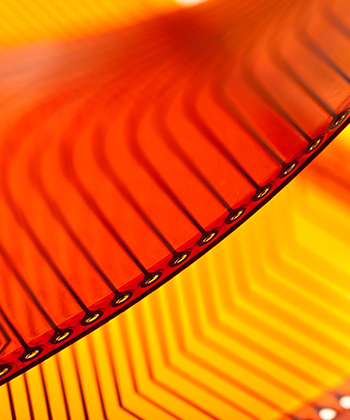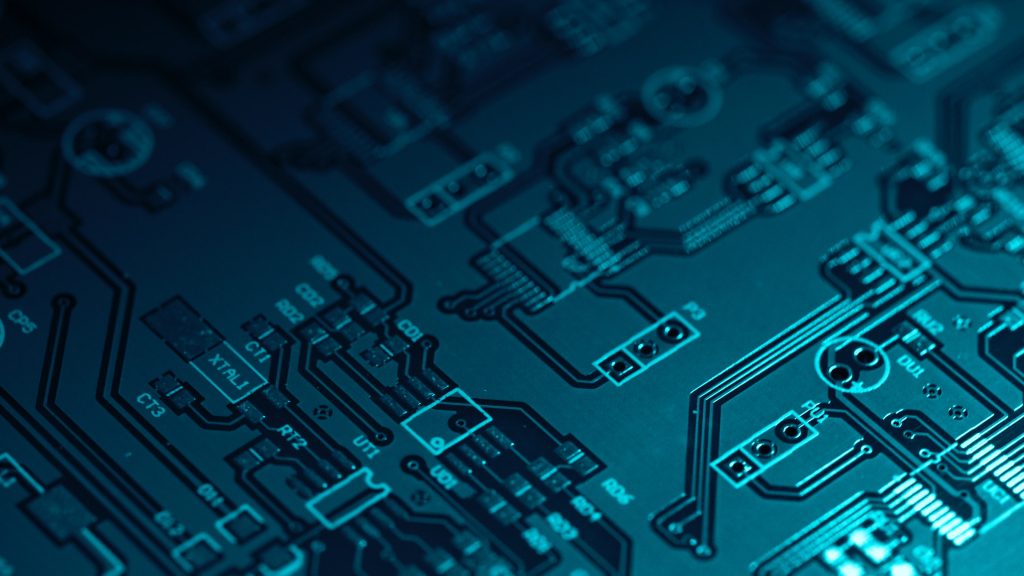What is a Ceramic PCB
Millennium Circuits Limited offers ceramic PCBs (printed circuit boards) for your company’s needs. Many users of PCBs find ceramic boards have an advantage over traditional boards made of other materials. This advantage is because these PCBs provide suitable ceramic substrates for electronic circuits with high thermal conductivity and low coefficient of thermal expansion (CTE).
The ceramic PCB is extremely versatile and can replace a complete traditional PCB with a less complex design and increased performance. You can use them in multiple products, like high-power circuits, chip-on-board modules and proximity sensors.
Advantages of a Ceramic PCB
Besides its enviable thermal properties and low CTE, ceramic PCBs come with a few other benefits. Review some of their advantages below:
- Safe operation in temperatures up to 800 degrees Celsius
- Simple implementation of high-density circuit tracing
- Exceptional high-frequency performance
- Versatile packaging, with an option to come in hermetic packages to prevent water absorption
- Tough chemical erosion resistance
Another ceramic PCB advantage is a lower overall system cost, which can be especially cost-effective for dense packages, since you have parallel processing of layers. Check out the differences between ceramic PCB, FR-4 boards, and MCPCB.

Get a Free Quick Quote on a Ceramic PCB.

Main Ceramic PCB Types
Ceramic PCBs are usually made up of ceramic cores, with alumina and aluminum nitride (AIN) being two of the primary types. Both of these kinds of boards provide better thermal performance than metal core PCBs because there isn’t a need for an electric layer between the core and the circuits. Find out more about these two main kinds of ceramic PCB types below:
- AIN: For high thermal conductivity, aluminum nitride boards are ideal, providing greater than 150 w/mK. AIN is a top choice for many other reasons as well, such as its good dielectric properties, non-reactiveness with various semiconductor process chemicals and low CTE.
- Alumina: Since aluminum nitride boards are expensive, those opting for less expensive ceramic PCBs may find themselves with Alumina boards. These PCBs are made out of aluminum oxide and offer about 18-36 w/mK.
Material – Aluminum Nitride and Aluminum Oxide
For high thermal conductivity, aluminum nitride boards are ideal, providing greater than 150 w/mK. Since aluminum nitride boards are expensive, however, those opting for less expensive ceramic PCBs may find themselves with aluminum oxide boards, which offer about 18-36 w/mK. Both types will provide better thermal performance than metal core printed circuit boards, because there is no need for an electric layer between the core and the circuits.
Using silver for the printing traces — covered with glass for protection — will further increase thermal conductivity (406 W/mK). Other ceramic material options include boron nitride, beryllium oxide, and silicon carbide. Ceramic boards are not finished with OSP, HASL, or other traditional surface finishes because of the high operational temperatures. However, you can get your ceramic printed circuit boards with gold plating to protect the exposed pads if silver corrosion may be a problem, such as in high sulfur environments.
Other Ceramic PCB Material Options
Using silver for the printing traces — covered with glass for protection — will further increase thermal conductivity (406 W/mK). Other ceramic material options include boron nitride, beryllium oxide and silicon carbide.
Ceramic boards are typically not finished with OSP, HASL, Pb-free HASL surface finishes because of the high operational temperatures. However, you can get your ceramic PCBs with ENIG (Electroless nickel immersion gold) or ENEPIG (Electroless nickel electroless palladium immersion gold) surface finish to protect the exposed pads if silver corrosion may be a problem, such as in high sulfur environments.

Ceramic PCB Thermal Conductivity
High ceramic PCB thermal conductivity is probably the leading reason more industries are turning to ceramics in their PCBs and packages, as this base material has a clear edge over traditional materials in this regard. Better CTE matching and hermetic sealing only add to the appeal of these materials.
The challenge is that ceramic base material and the boards your PCB manufacturer makes from them, are considerably more expensive than materials for traditional PCBs, which can add up significantly over the length of a high-volume job. However, the benefits of ceramic boards and the need for heightened thermal conductivity are so great that any company that can afford to use ceramic boards will probably do so out of necessity.
How to Estimate the Level of Thermal Conductivity
At MCL, we can estimate the level of thermal conductivity of the main types of ceramic boards, but the final values will vary depending upon the manufacturing process, grain size and composition. While we might not know the exact value of a board, check out the range of values that experts agree upon below:
- Aluminum nitride: Thermal conductivity for one of the most popular, although expensive ceramics — aluminum nitride — is one that many identify as over 150 W/mK, usually around 180 W/mK. However, studies find values ranging all the way from 80 W/mK to 200 W/mK at room temperature, with values dropping by more than one-third as you approach 100 degrees Celsius.
- Aluminum oxide: Another one of the primary ceramics, aluminum oxide, has thermal conductivity ranging from 18 to 36 W/mK at room temperature.
- Other material temperature ranges: Other thermal ranges we can identify at room temperature include 184 to 300 for beryllium oxide, 15 to 600 for boron nitride and 70-210 W/mK for silicon carbide.
Because the variations are so wide, it is difficult to pin down actual thermal conductivity numbers. Your best approach will be to do your own testing, record the values you obtain and use those in your future calculations.


Ceramic PCB Applications
Industries that need higher-frequency connections and good heat resistance can benefit from ceramic PCBs. Top industries that ceramic PCBs can serve include:
- Aerospace
- Automotive
- Medical devices
- Heavy machinery
- Electronics
Ceramic PCBs can be useful and efficient for printed circuit boards in these and many other industries, depending upon your design and manufacturing needs.
Why Turn to MCL for Ceramic PCBs?
With the benefits of PCBs and the many industries they can serve, you might be interested in what MCL can do for you. Find out more about why we’re an excellent choice to supply your ceramic PCBs:
- Design Rule Check: Our staff relies on a Design Rule Check (DRC) to ensure any boards you receive have been optimized for the use of space. With our DRC software, we can ensure you receive the optimal layout for your board.
- PCB Design for Manufacturability: We also use a PCB Design for Manufacturability (DFM) process to ensure your ceramic PCB can be easily and successfully manufactured to your product specifications and quality expectations. Improved manufacturing design helps you save on costs, increase your PCB’s compliance and safety, speed up your time-to-market and improve customer satisfaction.
- Skilled engineering and manufacturing staff: Our expert staff is ready to help you receive the best ceramic PCB for your products. When you work with us, you can be confident our staff cares about your needs and has the experience necessary to deliver high-quality results.
- Quality assurance: We have a PCB quality assurance policy in place to ensure you only receive premium quality boards. Our Quality Control Team monitors every stage of ceramic PCB production to make sure we meet our customer’s requirements and industry standards.

Contact MCL for Your Ceramic PCB Today
For ceramic PCBs, metal core PCBs, flexible circuit boards or other PCB products, Millennium Circuits Limited is the company to contact. Our commitments to quality assurance and customer service are unparalleled, and we have the facilities and experience to be your only PCB supplier. We offer no minimum orders, and we ensure prompt delivery. To learn more or for a free quote, contact MCL today.
In summary, ceramic PCBs provide suitable substrates for PCBs requiring high thermal conductivity and a low CTE. For high thermal conductivity, aluminum nitride boards are ideal. For less expensive ceramic PCBs may find themselves with aluminum oxide boards. You can use them for high-power circuits, chip-on-board modules, proximity sensors, and more.


